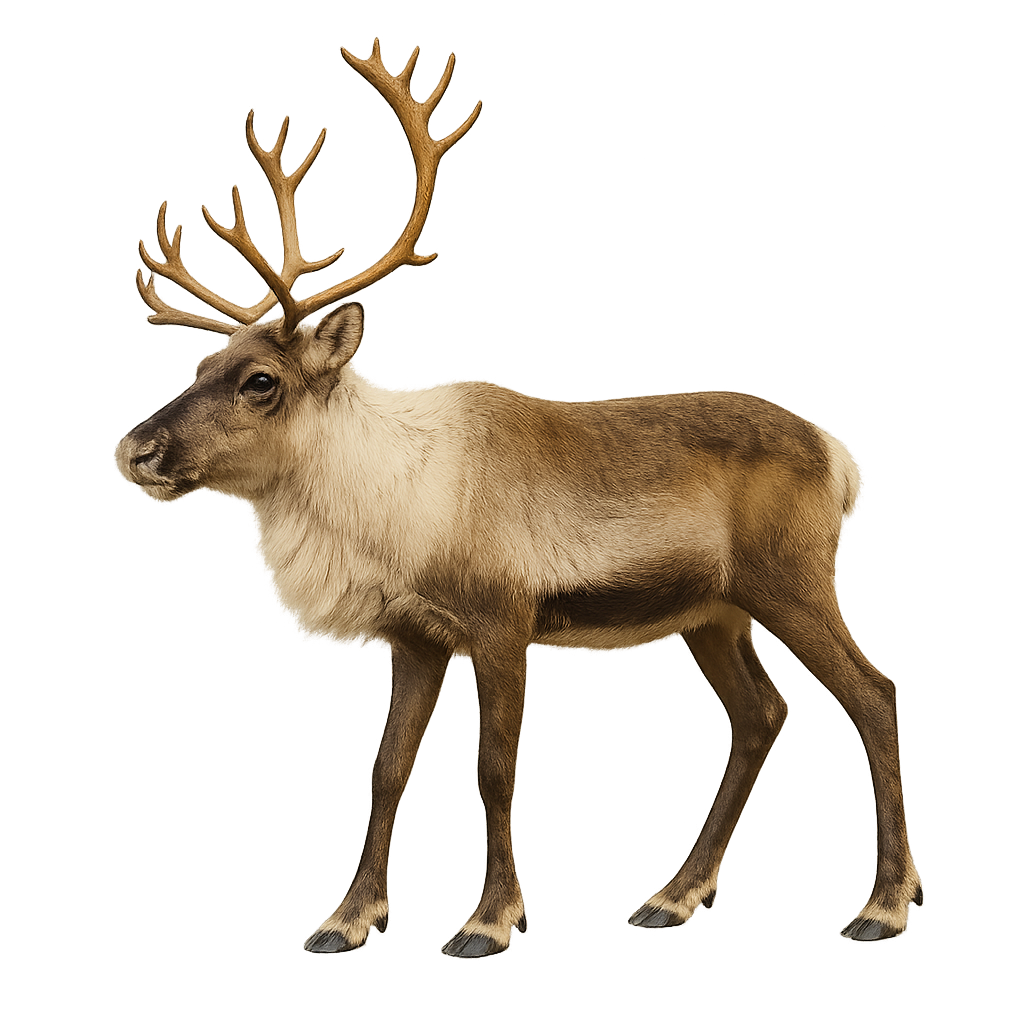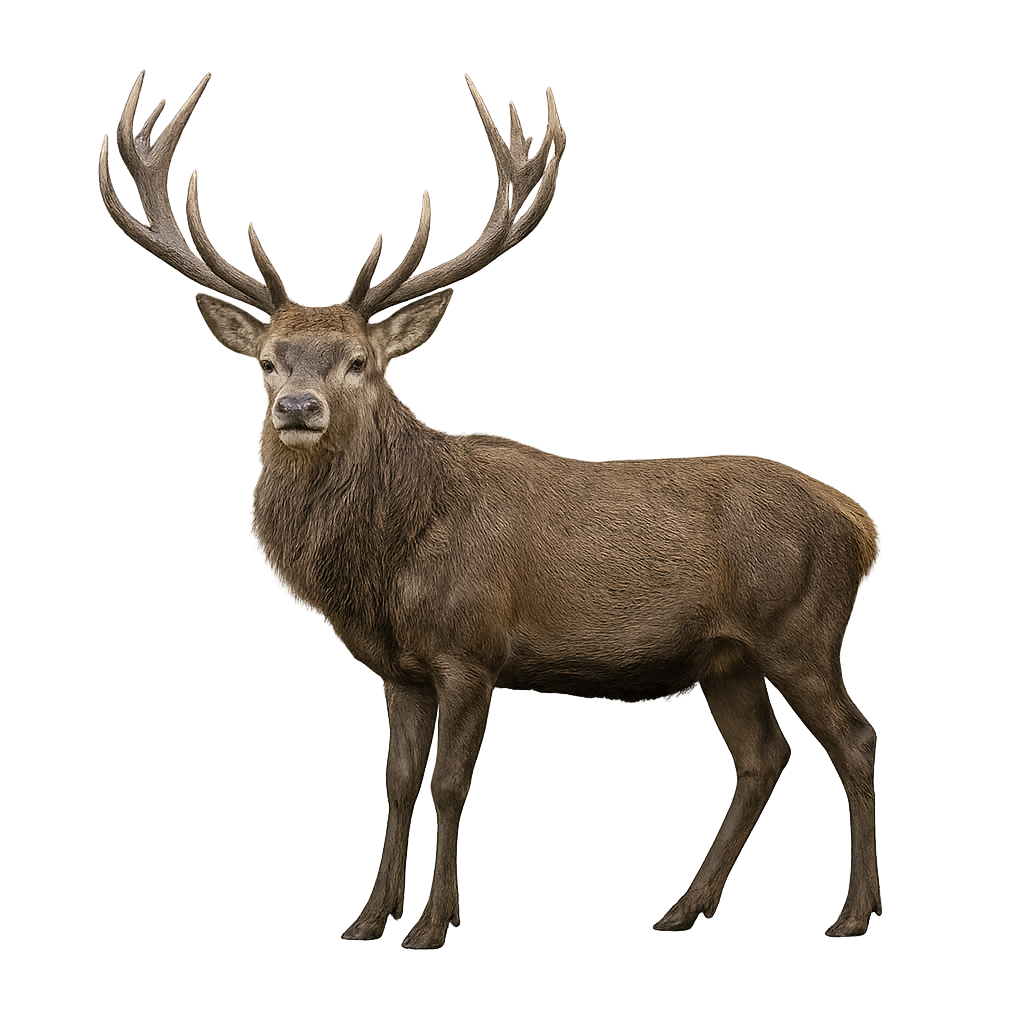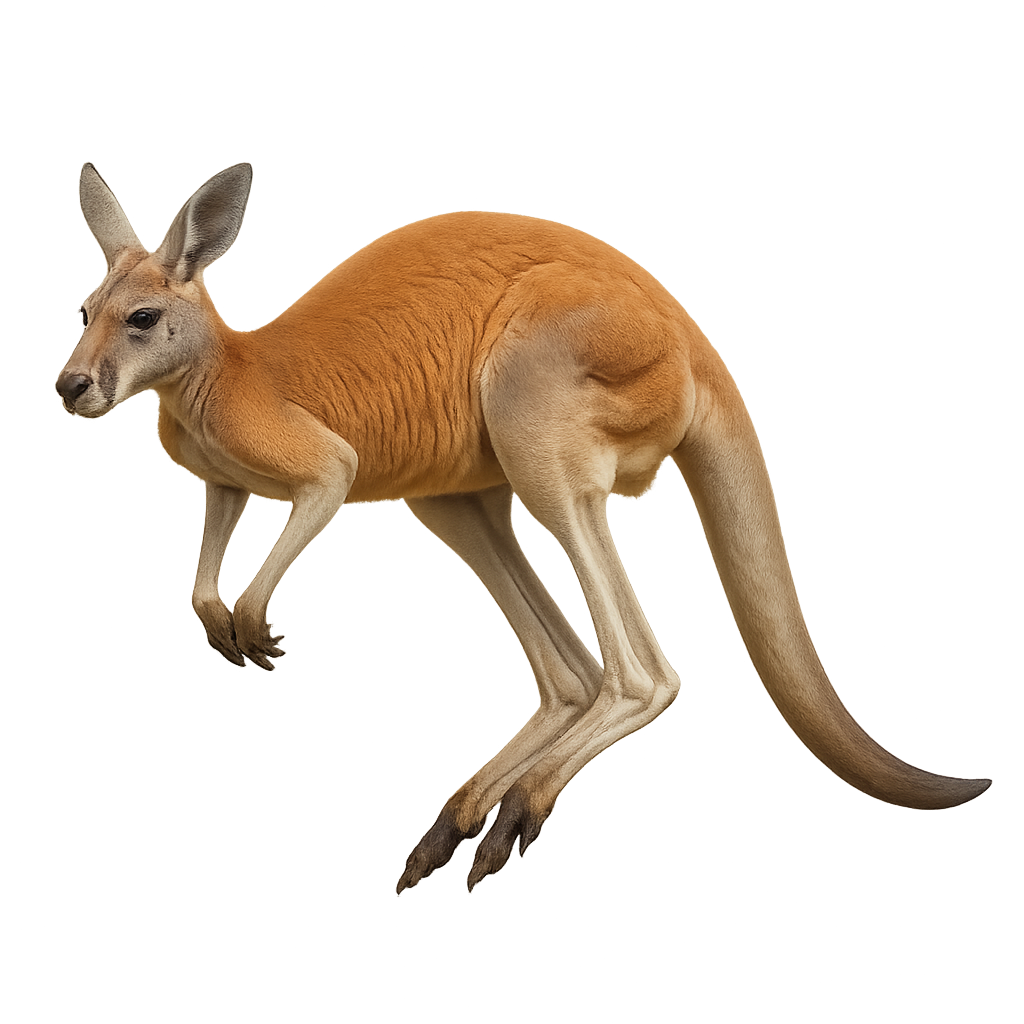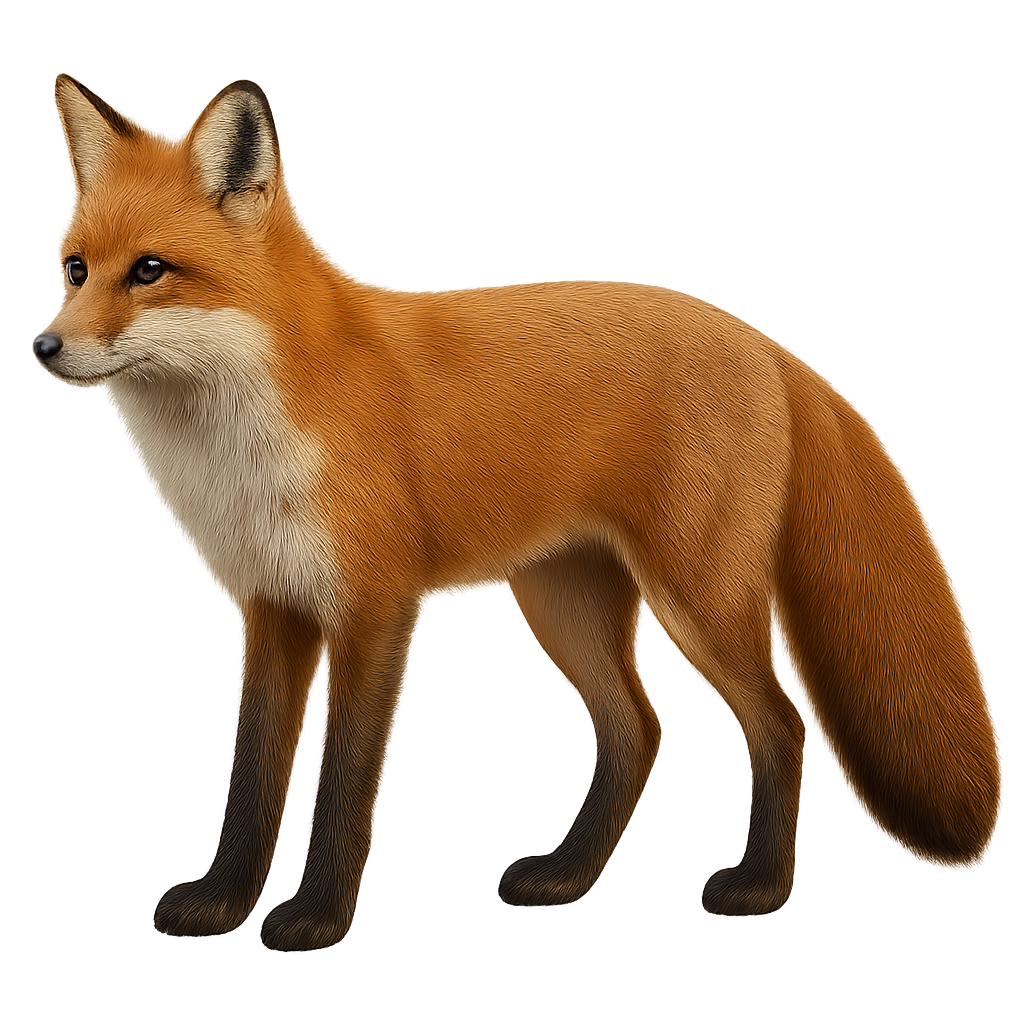Animal Species Profiles:
Mammals, Birds, Reptiles & More
Explore wildlife from around the world with the species profiles on WildlifePhotographer. Mammals, birds, reptiles… For each species, you’ll find key information such as habitat, observation periods, distribution, and photography tips. Want more details and advanced features? Download the full app for the complete experience.
Reindeer
Rangifer tarandus
The Caribou, or Reindeer in Europe, is a large cervid adapted to cold and northern environments. It is easily recognizable by its distinctive antlers, which are present in both males and females, a unique trait among cervids. Its thick, woolly coat, typically brown with lighter shades on the belly and neck, allows it to survive in the harshest climates. Caribou populations are found primarily in arctic and subarctic regions, including Iceland, where they were introduced and have thrived in the mountainous and tundra landscapes.
The Caribou is a migratory species, undertaking long seasonal migrations to find food resources. It primarily feeds on lichens, grasses, and tundra plants, which it digs out from under the snow during the winter. The Caribou plays a crucial role in its ecosystem by affecting vegetation and serving as prey for large carnivores such as wolves. However, it is threatened by climate change and habitat loss.
Red deer
Cervus elaphus
Roe deer
Capreolus capreolus
The Roe Deer is an elegant, small cervid, recognizable by its slender figure and long legs. It has a coat that changes with the seasons: reddish-brown in summer, becoming more gray-brown in winter. Males carry antlers, which grow back each year and are generally smaller than those of other cervids. The Roe Deer primarily lives in forests, wooded areas, and heathlands, where it hides during the day and becomes more active at dusk and night, particularly for feeding.
Its diet is varied, consisting of leaves, fruits, young shoots, and bark. While it is generally discreet and solitary, it can sometimes be seen in small groups, especially in winter. The Roe Deer is an agile and fast animal, capable of covering large distances in a short time when threatened. While its population remains relatively stable, it faces threats from hunting and habitat loss.
Red kangaroo
Macropus rufus
The Red Kangaroo is one of the most iconic and largest species of kangaroos in Australia. It is easily recognizable by its red-brown fur and large size, with adult males reaching over 2 meters in length, including their tail. The Red Kangaroo lives in the dry and semi-arid regions of the Australian Outback, where it primarily feeds on grasses and plants. This animal is an excellent jumper and uses its powerful hind legs to travel at high speeds, often performing impressive leaps. While it is mainly active at dusk and dawn, it can also adapt to the extreme temperatures of its environment.
Red panda
Ailurus fulgens
The Red Panda, also known as the Lesser Panda, is a small mammal native to the mountains of the Himalayas and southern China. It measures between 50 and 65 cm in length, with a bushy tail of 30 to 50 cm, and weighs between 3 and 6 kg. Its coat is predominantly reddish, with white patches around the eyes, ears, and muzzle. The Red Panda is primarily arboreal, living in temperate and mountainous forests, where it feeds on bamboo, fruits, berries, roots, and occasionally insects. Although it is an excellent climber, it is also active on the ground. The Red Panda is a vulnerable species, primarily threatened by habitat loss, deforestation, and illegal hunting.
Red fox
Vulpes vulpes
The Red Fox is a small carnivore primarily found in forests, meadows, and agricultural areas of Europe, Asia, and North America. It measures about 45 to 90 cm in length, with a tail of 30 to 50 cm, and weighs between 3 and 10 kg. Its fur is typically reddish with white underparts and on the legs, and its tail is bushy with a white tip. The Red Fox is an opportunistic and omnivorous animal, feeding on small mammals, birds, insects, fruits, and berries. It is primarily active at dusk and night. While its population remains relatively stable in many regions, it can be threatened by habitat loss, vehicle collisions, and diseases.







